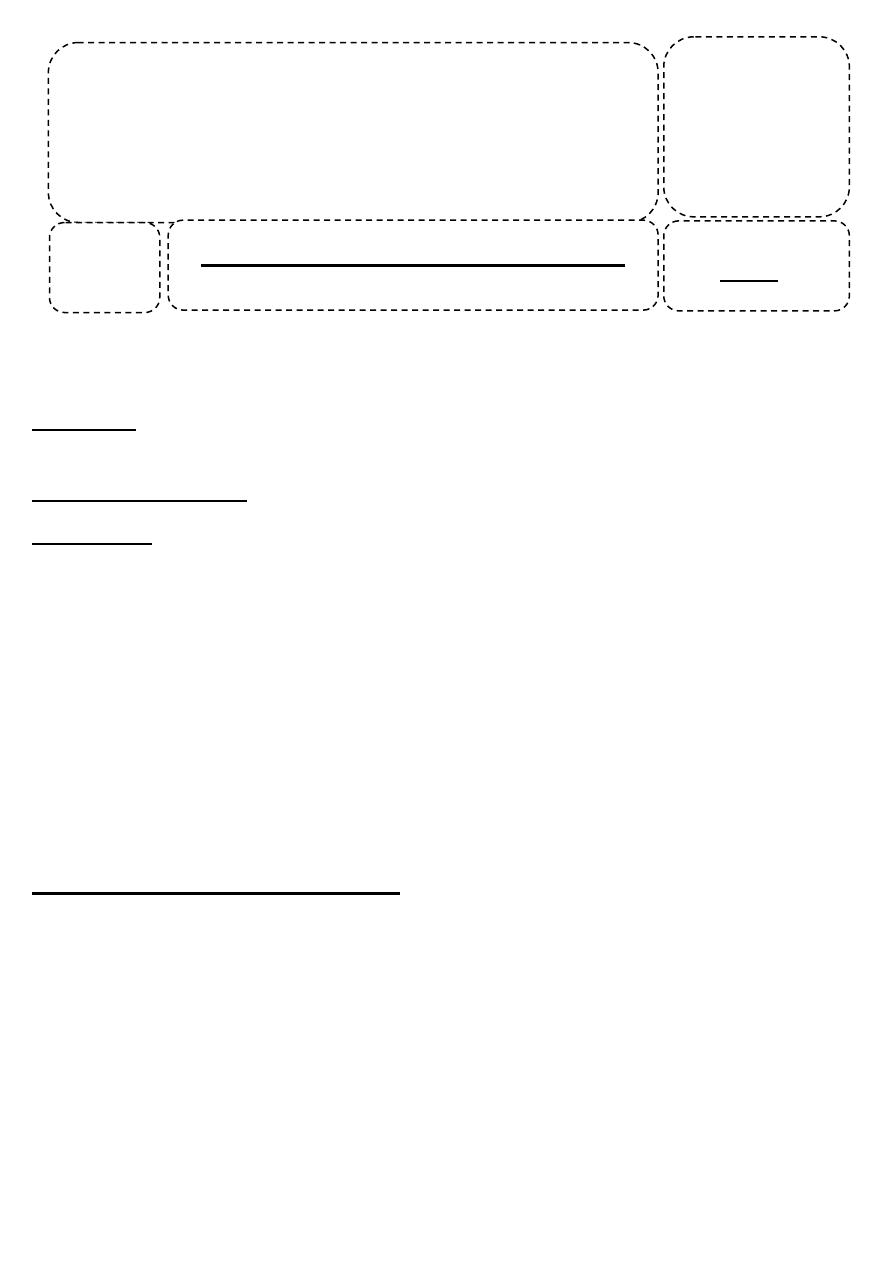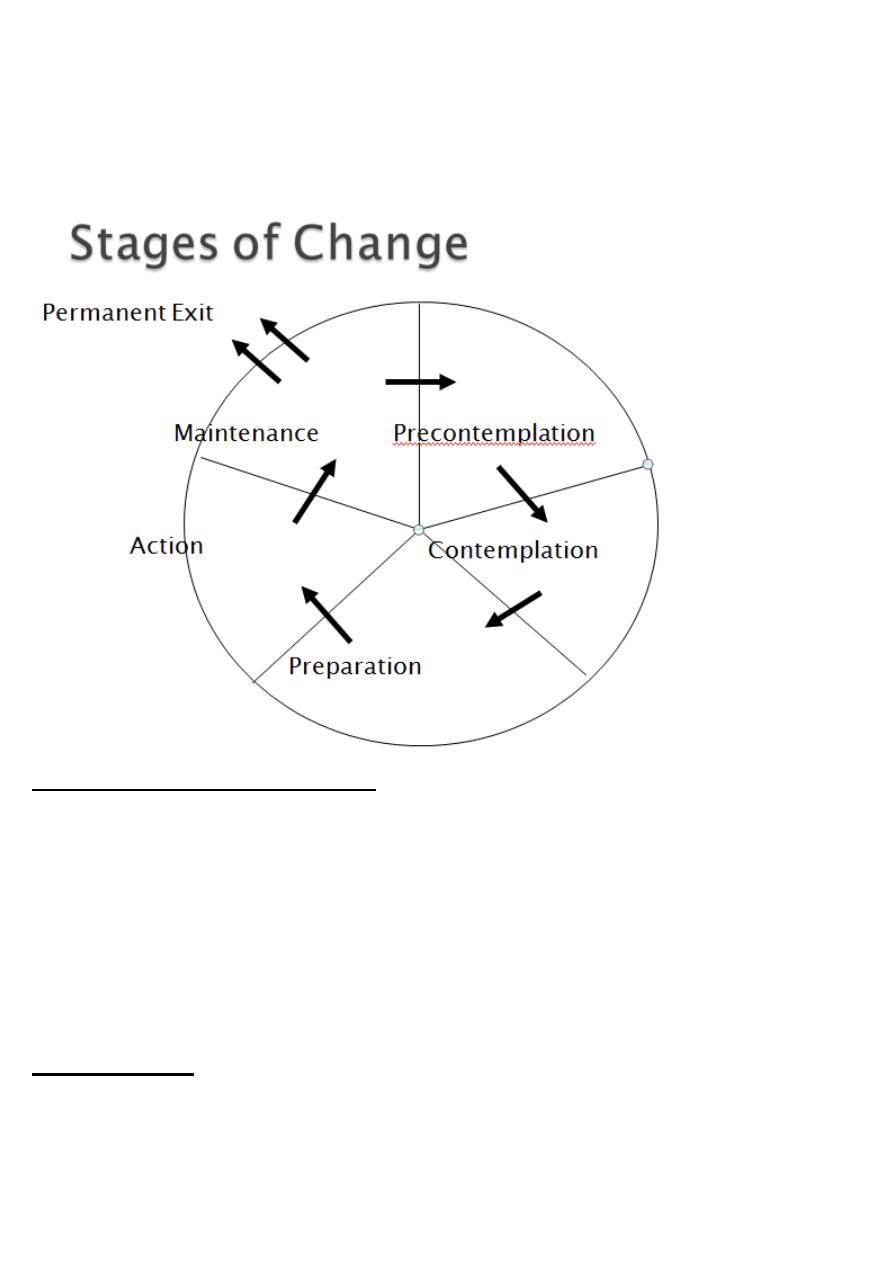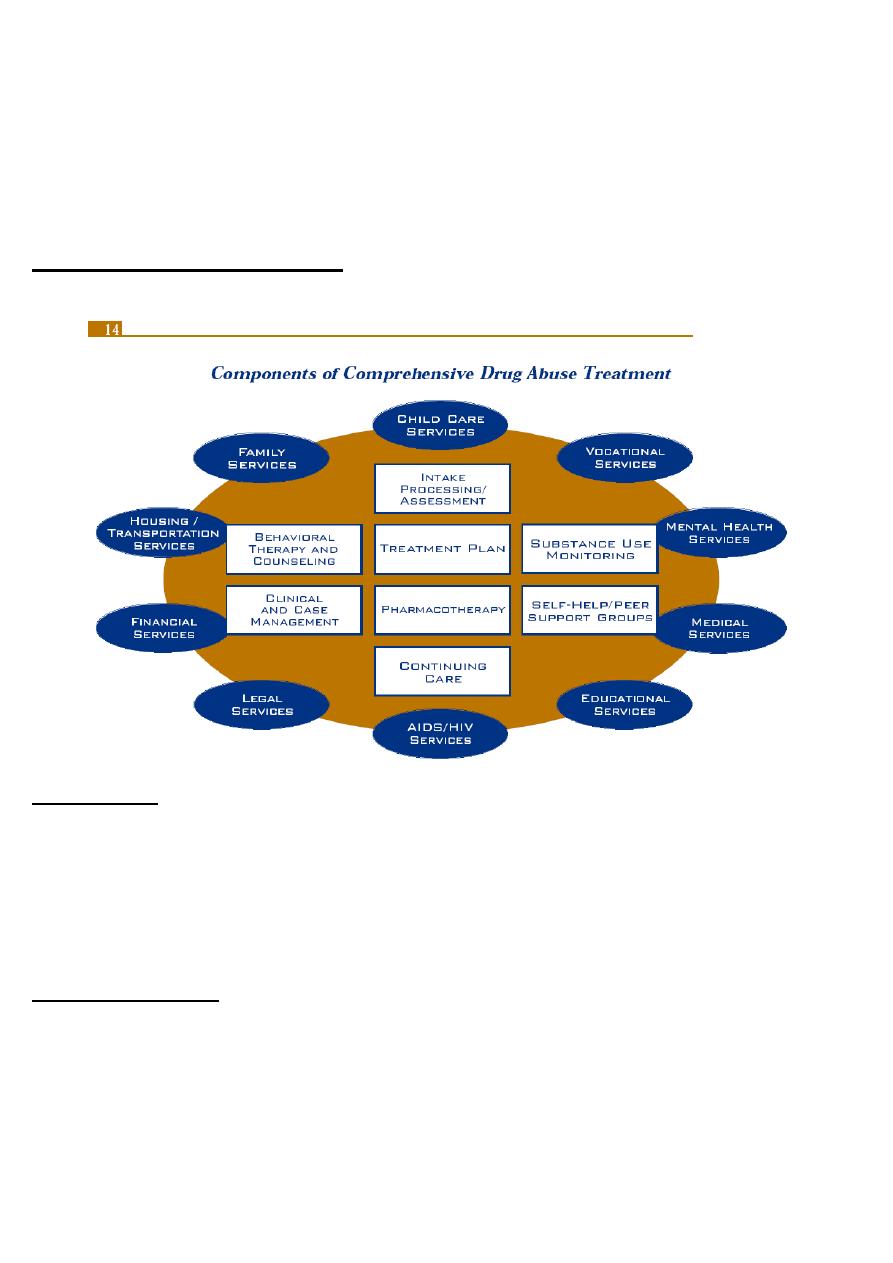
Alcohol: Basic facts
Description: Alcohol or ethylalcohol (ethanol) is present in varying amounts in beer, wine, and
liquors
Route of administration: Oral
Acute Effects: Sedation, euphoria, lower heart rate and respiration, slowed reaction time,
impaired coordination, coma, death
Withdrawal Symptoms:
◦ Tremors, chills
◦ Cramps
◦ Hallucinations
◦ Convulsions
◦ Delirium tremens
◦ Death
Long-term effects of alcohol use
Decrease in blood cells leading to anemia, slow-healing wounds and other diseases
Brain damage, loss of memory, blackouts, poor vision, slurred speech, and decreased
motor control
Increased risk of high blood pressure, hardening of arteries, and heart disease
Liver cirrhosis, jaundice, and diabetes
Immune system dysfunction
Stomach ulcers, hemorrhaging, and gastritis
Thiamine (and other) deficiencies
Testicular and ovarian atrophy
Psychiatry
Substance related disorders II
Lecture
23
د.نصيف
Al-Madena
Copy

Harm to a fetus during pregnancy
Cannabis: Basic facts
Description: The active ingredient in cannabis is delta-9-tetrahydrocannabinol (THC)
◦ Marijuana: tops and leaves of the plant Cannabis sativa
◦ Hashish: more concentrated resinous form of the plant
Route of administration:
◦ Smoked as a cigarette or in a pipe
◦ Oral, brewed as a tea or mixed with food
Acute Effects:
◦ Relaxation
◦ Increased appetite
◦ Dry mouth
◦ Altered time sense
◦ Mood changes
◦ Bloodshot eyes
◦ Impaired memory
◦ Reduced nausea
◦ Increased blood pressure
◦ Reduced cognitive capacity
◦ Paranoid ideation
Withdrawal Symptoms:
◦ Insomnia
◦ Restlessness
◦ Loss of appetite
◦ Irritability
◦ Sweating
◦ Tremors
◦ Nausea
◦ Diarrhea
Long-term effects of cannabis use
Increase in activation of stress-response system
Amotivational syndrome
Changes in neurotransmitter levels
Psychosis in vulnerable individuals
Increased risk for cancer, especially lung, head, and neck
Respiratory illnesses (cough, phlegm) and lung infections
Immune system dysfunction

Harm to a fetus during pregnancy
Stimulants
Types
:
1. Amphetamine Type Stimulants (ATS)
◦ Methamphetamine
Speed, crystal, ice, yaba, shabu
◦ Amphetamine
◦ Pharmaceutical products used for ADD and ADHD
Methamphetamine half-life: 8-10 hours
2. Cocaine
Powder cocaine
(Hydrochloride salt)
Smokeable cocaine
(crack, rock, freebase)
Cocaine half-life: 1-2 hours
Stimulants: Basic facts
Description:
Stimulants include: (1) a group of synthetic drugs (ATS) and (2) plant-derived compounds
(cocaine) that increase alertness and arousal by stimulating the central nervous system
Route of administration:
Smoked, injected, snorted, or administered by mouth or rectum
Acute effects:
◦ Euphoria, rush, or flash
◦ Wakefulness, insomnia
◦ Increased physical activity
◦ Decreased appetite
◦ Increased respiration
◦ Hyperthermia
◦ Irritability
◦ Tremors, convulsions
◦ Anxiety
◦ Paranoia
◦ Aggressiveness
Withdrawal symptoms:

– Dysphoric mood (sadness, anhedonia)
– Fatigue
– Insomnia or hypersomnia
– Psychomotor agitation or retardation
– Craving
– Increased appetite
– Vivid, unpleasant dreams
Long-term effects of stimulants
Strokes, seizures, headaches
Depression, anxiety, irritability, anger
Memory loss, confusion, attention problems
Insomnia, hypersomnia, fatigue
Paranoia, hallucinations, panic reactions
Suicidal ideation
Nosebleeds, chronic runny nose, hoarseness, sinus infection
Dry mouth, burned lips, worn teeth
Chest pain, cough, respiratory failure
Disturbances in heart rhythm and heart attack
Loss of libido
Weight loss, anorexia, malnourishment,
Skin problems
Opiods
Opium
Heroin
Morphine
Codeine
Hydrocodone
Oxycodone
Methadone
Buprenorphine
Thebaine
Basic facts
Description:
Opium-derived or synthetic compounds that relieve pain, produce morphine-like addiction, or
relieve symptoms during withdrawal from morphine addiction.
Route of administration:
Intravenous, smoked, intranasal, oral, and intrarectal
Acute effects:

◦ Euphoria
◦ Pain relief
◦ Suppresses cough reflex
◦ Histamine release
◦ Warm flushing of the skin
◦ Dry mouth
◦ Drowsiness and lethargy
◦ Sense of well-being
◦ Depression of the central nervous system (mental functioning clouded)
Withdrawal symptoms:
◦ Intensity of withdrawal varies with level and chronicity of use
◦ Cessation of opioids causes a rebound in functions depressed by chronic use
◦ First signs occur shortly before next scheduled dose
◦ For short-acting opioids (e.g., heroin), peak of withdrawal occurs 36 to 72 hours after
last dose
◦ Acute symptoms subside over 3 to 7 days
◦ Ongoing symptoms may linger for weeks or months
◦ Fatal overdose
◦ Collapsed veins
◦ Infectious diseases
◦ Higher risk of HIV/AIDS and hepatitis
◦ Infection of the heart lining and valves
◦ Pulmonary complications & pneumonia
◦ Respiratory problems
◦ Abscesses
◦ Liver disease
◦ Low birth weight and developmental delay
◦ Spontaneous abortion
◦ Cellulitis
Other products
Inhalants
o Petroleum products, glue, paint, paint removers
o Aerosols, sprays, gases, amyl nitrite
Club drugs (MDMA-ecstasy, GHB)
Hallucinogens (LSD, mushrooms, PCP, ketamine)
Hypnotics (quaaludes, mandrax)
Benzodiazepines (diazepam / valium)
Barbiturates
Steroids
Khat (Catha edulis)
Treatment of substance abuse

Complicated
Costly
Relapses are common
Treatment of substance abuse
Interventions depend on the complexity of the problem.
When the person has mild substance abuse problem, education might be enough. Some
people might need short cognitive behavioral therapy.
When the patient is complaining of dependence then a more sophisticated help is needed
which might include hospital admission to treat withdrawal syndrome that might appear
after abstinence, in addition to many other psychosocial interventions and a long period of
continuous care to prevent relapse which is very common.
The first stage of treatment after abstinence is called detoxification
.
Detoxification
Treatment of withdrawal syndrome can be done as an outpatient treatment , but many times
it is preferred to put the patient under direct supervision in an addiction treatment facility.
Withdrawal symptoms can be severe and sometimes dangerous.
Treatment can be accomplished by many ways depending on the type of the addictive
substance; it might be done by gradually decreasing the substance like in addiction on

benzodiazepines, or by giving a medication that has similar pharmacological effects and
then decreasing it gradually like giving chlordiazepoxide to treat withdrawal of alcohol.
Some substances can be treated by giving a medication that blocks the withdrawal by an
effect on the receptors like naltrexone which is given to treat withdrawal of opiates and
alcohol.
Some withdrawal symptoms are treated according to type of distress caused like
antispasmodics for abdominal pain and diarrhea of opiate withdrawal, analgesics for pain ,
hypnotics for sleep problems ,and so on.
Comprehensive treatments
Prevention
Primary : dealing with causes: improvement of life circumstances, education, employment,
good parenting, legislations ( limit the use and decrease availability of substances)
Secondary : treatment of substance abuse problems
Tertiary : decrease complications
Harm reduction : when people are unable to quit the use of substances. What to do?
Harm reduction
Some patients are unable or unwilling to abstain from the use of substances.
Those patients can be helped by many ways:
1. Education about safe sex
2. Encouragement to use a safe way of injecting drugs which will decrease possibility of
acquiring infections like hepatitis and HIV ,through needle exchange programs
3.
Opiate substitution therapy(OST): in which heroin is substituted by much less harmful
opiates like methadone and piprenorphine
.

Conclusions:
Substance abuse problems are very common
They have a great impact on the individuals, families, and community.
Etiology is multi-factorial
Substance abuse problems should be considered in the differential diagnosis of any
psychiatric disorder
Treatment is complicated and associated with high rates of relapse
We should deal with these problems as mental health problems (illnesses )
